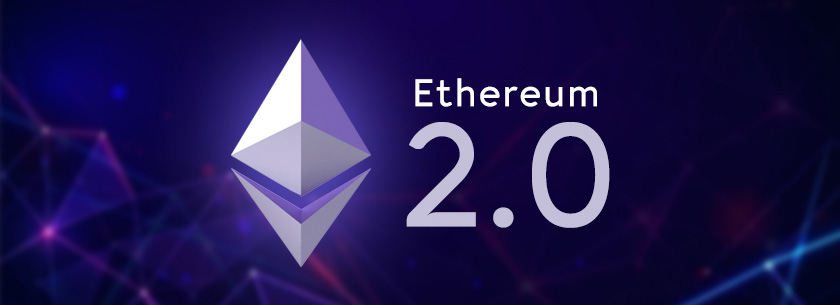At the current moment, the amount of ETH required for transactions is at an all-time high. This is connected to the hype around the idea of decentralized finance, which attracted a large number of new users to the Ethereum blockchain.
As part of the Cointelegraph China DeFi Marathon event on September 3, 2020, experts in the field of decentralized finance shared their vision of solving the problem of "high gas tariffs" with the public. And despite the fact that they have different points of view on the situation, they all agree that the transition to Ethereum 2.0 will not fundamentally correct the problem of high transaction costs.
The experts included:
- Sergey Kuntz - CEO of 1inch decentralized exchange
- Munir Benchemland - the founder and CEO of ParaSwap, a software company that integrates various protocols, dApps and platforms, as well as liquidity aggregators for decentralized and conventional cryptocurrency exchanges
- Alex Kumanovich - co-founder of bloXroute Labs, a blockchain-based distribution network that accelerates processes in larger external networks
And they all believe that despite a number of advantages of Ethereum 2.0, it still does not effectively solve scalability and security issues.
At its core, Ethereum 2.0 is the most ambitious update to the existing blockchain, implying a major overhaul of the underlying protocols and network capabilities. According to the developers, this will lead to a significant increase in transaction speed and performance of the entire system. However, according to Kunz, this transition, and against the background of the current high transaction costs, will scare off many new potential users.
While this update was planned for release long before the current DeFi hype, this new factor still needs to be considered. Koontz said something like this:
"We need to rethink everything. Yes, we can add smart contracts to the new code, but this will not increase its scalability. To do this, it is necessary to create new standards and implement new protocols based on a new "split" architecture, such as NEAR, which have much in common with the planned Ethereum 2.0"
Munir Benchemland added that while the new version of Ethereum can scale more efficiently, it can take a long time to fully transition and adoption to it. The reason for this delay is security issues. The development team must make sure that the new protocols are stable, as the consequences of even a small error in this regard can be critical.
Experts also believe that the transition of all projects based on the Ethereum blockchain to Ethereum 2.0 is impractical. According to them:
"For the effective work of the ecosystem, all applications must move in the same direction. But if large projects can achieve consensus between their goals and the goals of Ethereum 2.0, then the smaller ones will have their own benchmarks, which cannot be achieved in the new framework. Or, you will need to build new blockchain bridges to ensure interaction."
Munir Bechamland also said that so-called "second-tier solutions" are already being implemented, which can partially solve the problem of high transaction costs. In concept, a new "sublayer" of the blockchain is created, where the existing transactional load will move. Something similar has already been effectively implemented within the Bitcoin system.
However, there are some difficulties in this. For example, problems with understanding the work of "second-level solutions" by ordinary users. And the impossibility of instant compensation for costs, if suddenly something goes wrong. Therefore, it is worth trying to use other additional tools, on one of which the Kumanovich project is working.
According to the co-founder of bloXroute Labs, his company is creating an infrastructure that will help ordinary traders trade faster and more efficiently. In particular - due to the tool called the TX Stream tool.
It has three built-in APIs that make the process of working with deals much easier for traders. They are more likely to win "racing scenarios" such as eliminating CDPs, gaining arbitrage opportunities, and speeding up transaction processing. In short, it looks like this:
"The first API allows transactions to go to the mining pool faster than competing [...] The second API makes it easier to pay for transactions. By analyzing the entire space, we can connect the trader and his potential customer before the order is fixed in the mining process. The third API provides real-time feedback on traders' deals ..."
According to Kumanovich, Ethereum 2.0 can, of course, change the state of things somewhat, but before its launch, it also needs to somehow work. And to optimize transactions requires the cooperation of all participants in the process - the community, traders, miners and developers. This is the only way to create something workable, which will allow you to wait for the promised launch of the second version of Ethereum.
Published on the EXBASE based on materials from cointelegraph.com





